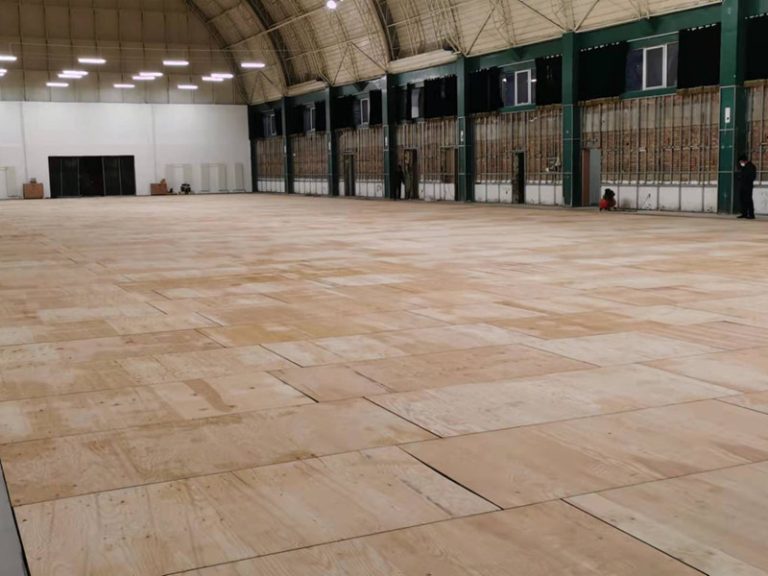When it comes to building or renovating a basketball court, the flooring is one of the most critical decisions you’ll make. Indoor wood basketball flooring remains the gold standard for professional and recreational play alike, offering superior performance, durability, and aesthetics.
In this guide, we’ll explore the benefits of wood basketball flooring, the different types available, and key factors to consider when selecting the best option for your indoor court.
Why Choose Wood for Indoor Basketball Flooring?
Wood has been the preferred surface for basketball courts for decades, and for good reason. Here’s why:
1. Superior Performance & Shock Absorption
Wood flooring provides excellent shock absorption, reducing stress on players’ joints and minimizing injury risks. The natural flexibility of wood allows for better energy return, enhancing speed and agility during play.
2. Optimal Traction & Ball Bounce
Unlike synthetic surfaces, wood offers consistent traction, preventing slips while allowing quick pivots and cuts. The surface also ensures a true and predictable ball bounce, crucial for competitive play.
3. Durability & Longevity
High-quality hardwood flooring, such as maple, can last decades with proper maintenance. It resists wear and tear, making it a cost-effective long-term investment.
4. Professional Aesthetics
Nothing matches the classic look of a polished wood court. Whether for a school gym, sports facility, or home court, wood flooring delivers a premium, professional appearance.
Types of Wood Used for Basketball Flooring
Not all wood is created equal. The most common types used for indoor basketball courts include:
1. Maple (Most Popular Choice)
- Pros: Extremely durable, dense grain structure, excellent shock absorption, consistent playing surface.
- Best For: Professional arenas, high-traffic gyms, and schools.
2. Oak
- Pros: Strong and durable, slightly more affordable than maple.
- Cons: Heavier grain pattern may affect ball bounce consistency.
- Best For: Recreational and multi-purpose courts.
3. Beech
- Pros: Good shock absorption, smooth surface.
- Cons: Less common, may require more maintenance.
- Best For: Smaller courts or training facilities.
Key Factors to Consider When Choosing Wood Basketball Flooring
1. Hardwood vs. Engineered Wood
- Solid Hardwood: Traditional choice, best for professional settings, can be sanded and refinished multiple times.
- Engineered Wood: More stable in varying humidity, often used in multi-purpose facilities.
2. Finish & Surface Treatment
- Polyurethane Finish: Provides a glossy, durable surface that enhances grip and ball response.
- Oil-Based Finish: Offers a more natural look but may require more frequent maintenance.
3. Subfloor & Suspension System
A proper subfloor (often made of plywood) and a shock-absorbing underlayment (like a sprung floor system) are essential for performance and safety.
4. Maintenance Requirements
- Regular cleaning with a microfiber mop.
- Periodic refinishing to maintain surface quality.
- Humidity control to prevent warping.
Conclusion: Is Wood Basketball Flooring Right for You?
Indoor wood basketball flooring remains the top choice for players and facilities seeking performance, durability, and a professional look. While it may require a higher initial investment than synthetic alternatives, its longevity and playability make it a worthwhile choice for serious athletes and sports venues.
If you’re planning an indoor basketball court, prioritize high-quality hardwood (preferably maple), ensure proper installation, and maintain it regularly to keep it in top condition for years to come.
Need Help Choosing the Right Flooring?
Contact us today for expert advice on selecting and installing the best wood basketball flooring for your facility!


